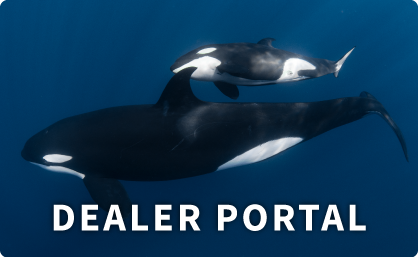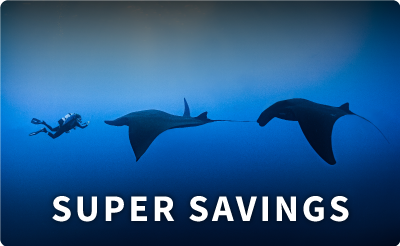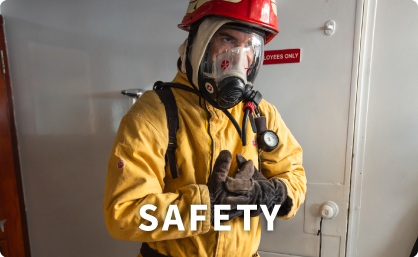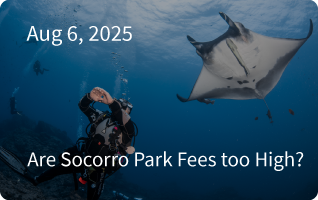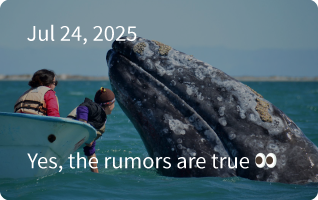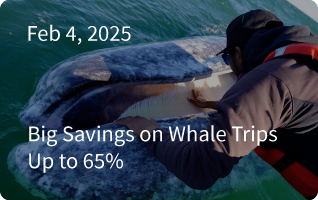During our trip, we had been just a few hours behind the orcas where they had been sighted. We were going up and down the coast on a RHIB (Rigid Hull Inflatable Boat) with twin 250 horsepower and a good friend with a micro-plane as a spotter for 3 of our 6 days at sea.
Now on our fifth day we finally managed to find the big schooling mobula rays. My name for them is “popcorn” – as they just pop up above the surface of water followed by several of them just like microwave popcorn. It really is a sight to see. It’s as if someone told them they were meant to fly with the birds.
I thought it would be easy to find them since around this time of year it is normally teeming with them but it took us five days. Nonetheless, we managed to see them. We did, however, see the bigger ones, the bentfin devil rays (mobula thurstoni) and snorkeled with them as well. These ones don’t gather in the thousands like what we have around us right now as I am writing. Our pilot friend estimated the group to be 5000 plus mobulas rays.
We knew it would not be easy to find the orcas but we’re still not giving up.
So far we have seen:
- Silky sharks
- Galapagos sharks
- Striped marlin
- Hundreds of common dolphins
- Spinner dolphins
- Spotted dolphins
- Bottlenose dolphins
- Minke whale
- Humpback whale
- Bryde’s whale
- Fin whale
- Blue whale!
- And an 11m pregnant whale shark. We helped whale shark researcher Deni Ramirez to put a satellite mark on her and found it without air support.
I was surprised we had seen so many whales up so close. The blue whale came to us! First, just in front of the bow and the second time, it came up behind us and just a couple of meters along the RHIB. It was just under the surface. Now that was a sight to see! The head and the freckles it has makes it easier to ID a blue whale and its wide and slender fins are totally different then the humpback or a sperm whale.
This trip is true exploration and the crew are learning a lot as they start to target these animals. And it requires a lot of patience from both guests and staff. There is intense concentration from sunrise to sunset, scanning the open ocean. And even if we don’t reach our main target all the time, we managed to see a lot of animals that were never mentioned for this trip.
I am going out now for the mobula rays. It’s about 5 pm and our guests have had a rest and we hope the mobula rays are rising up closer to the surface late afternoon/early evening,
- Divemaster Sten (Vikingo) onboard the Nautilus Gallant Lady

